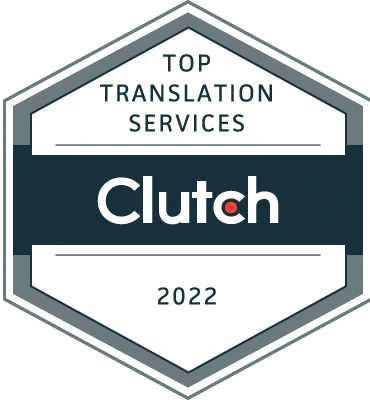Find out about the best CAT tools, i.e., computer-assisted translation tools. Your crucial tools for quality translations in record time!
See below what we recommend that professional translators use for fast and high quality translation services.
1. Translation Memory Software
Translation memory software are the most well-known CAT tools. They divide texts to be translated into units called “segments”. As a linguist translates a document, the software stores the text in a database of segments already translated. When the software recognizes that a new segment is similar to a segment previously translated, it suggests that translators reuse it. Some translation memory programs do not work with databases built during a translation process, but with preloaded reference documents instead.
Examples of translation memory software are: Trados Studio, DéjàVuX, memoQ, Memsource, Transit NXT, MultiTrans, or MetaTexis. Some of them allow plug-ins from Neural machine translation tools such as DeepL Pro.
2. Language Search-Engine Software
Linguistic search engines work like traditional search engines, except that they do not seek results on the Internet, but within a large database of translation memory. The goal is to find in such banks, fragments of previously translated texts that match the new text to be translated. DeepL (formerly Linguee), a multilingual context dictionary, is one of them.
3. Terminology Management Software
When translators use terminology management software, they are able to search for the terms automatically in a new document within a database. Some of these programs allow translators to add in the database new pairs of words that match and verify text thanks to a variety of functions: translators can then check whether this or that term has been translated correctly and consistently throughout the whole file. Here are three examples: SDL MultiTerm, LogiTerm, and Termex.
4. Alignment Software
Text alignment programs allow translators to build a translation memory using the source and destination of the same text. Such software divides the two texts into segments and tries to determine which segments match. The operation result can be imported into a translation memory software for future translations. Here are some examples of alignment software: Tmx Bligner, YouAlign, and LF Aligner. Trados Studio has an integrated alignment tool.
5. Interactive Machine Translation
Automatic interactive translation looks like programs you use on your cell phone when you write messages: the program tries to anticipate how a human translator would translate a phrase or a sentence.
Other Helpful Language Programs For Translators
See more useful linguistic software that translators need to consider using:
- Spellcheck software: Grammarly, Ginger, Proofread;
- Grammar checkers: Grammarly, Reverso;
- Terminology databases or online dictionaries, such as TERMIUM Plus or the IATE;
- Search tools for “full text” and indexing: They allow searches to be carried out into already-translated texts or reference documents of all kinds, such as ISYS Search Software and dtSearch Desktop;
- Concordant or matching software: These are reference tools used to look up a word together with its context, whether in a monolingual, bilingual or multilingual body (such as a bitext or a translation memory);
- Translation Project Management software. A project manager can organize workflows including for complex translation projects, by assigning translation tasks to numerous translators and can track the progress and completion of projects.
Discover our translation agency.



